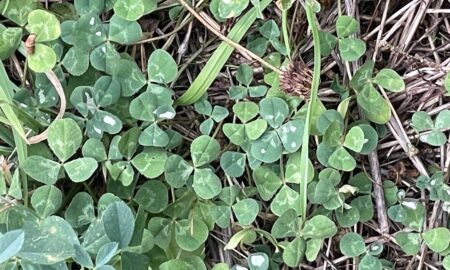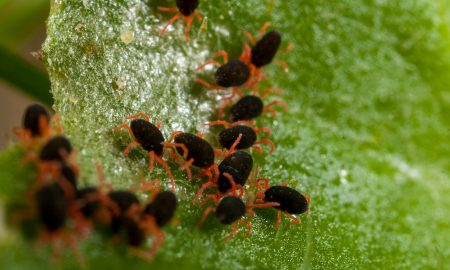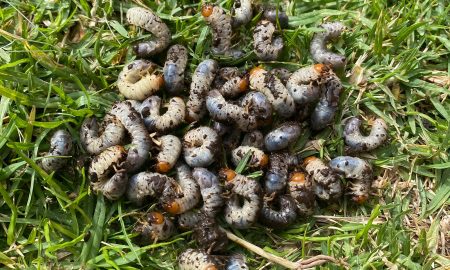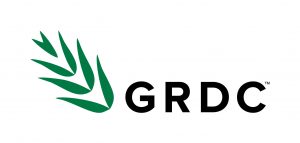Have you observed congregations of caterpillar-like grubs? They could be sawfly larvae.
Where have they been reported?
Damage in canola plants has been reported in Patchewollock near Ouyen in the Victorian Mallee. Damage included ring-barking around the stem of larger plants and chewing of smaller plants.
It is unclear what is responsible.
Invertebrate species found in the crop were sawfly larvae (Family: Pergidae), herringbone caterpillars (Proteuxoa sp.) and cutworm (Agrotis sp.).
Sawfly larvae have been reported once previously in NSW (2009) and several times as an occasional pest of lupins, wheat and barley crops on the Eyre Peninsula and Mallee of South Australia.
In these instances, occasionally high numbers of larvae have caused significant crop losses.
About sawflies
Sawfly larvae are the juvenile form of a family of wasps (Insect Order: Hymenoptera).
This intensely clustering pest is more often associated with leaf damage in Eucalyptus and other native plants.
There are many species in this Family and many are native to Australia.
Larvae grow to 15 mm long, are greyish-green in colour with a shiny dark brown head capsule and have a dark longitudinal central stripe running down the back with an adjoining pale stripe either side.
They are relatively hairless and leathery in appearance and can be confused with genuine caterpillars (moth and butterfly larvae), which also have distinct head capsules and three pairs of well-developed thoracic legs.
However, this group of sawfly larvae are best distinguished by their slightly flattened, tapered body and, characteristically, seven pairs of fleshy-lobed abdominal prolegs.
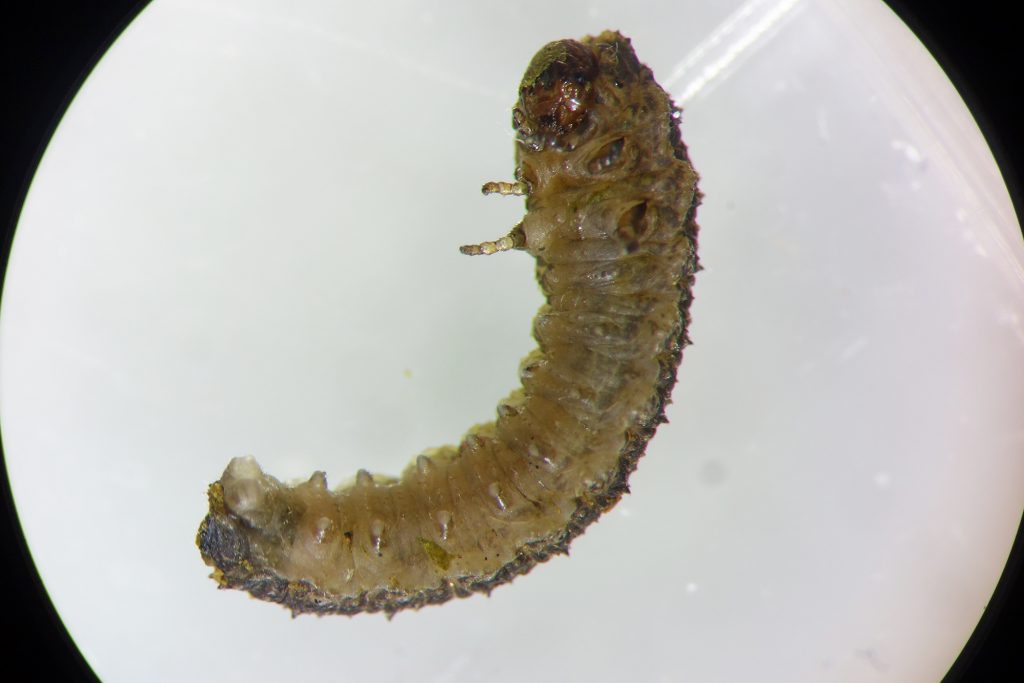
Larvae tend to congregate and are less solitary than caterpillar pests.
While it is known that adult females of this Family typically “saw” holes into host plants, in which to lay their eggs, the habits and behaviour of this particular pest remain unknown.
Suspected damage by larvae is generally reported in the late winter months.
Acknowledgments
Sources of field reports
Brad Bennett – Consultant, AGRIvision Consultants (Victorian Mallee)
Cover image: Photo by Julia Severi, Cesar Australia


